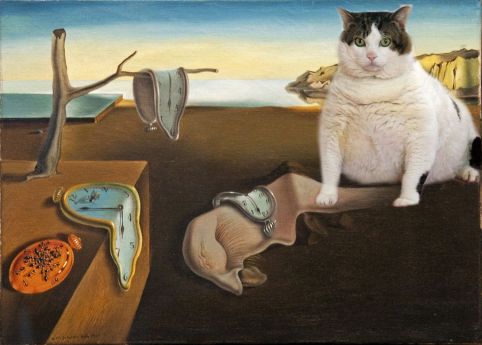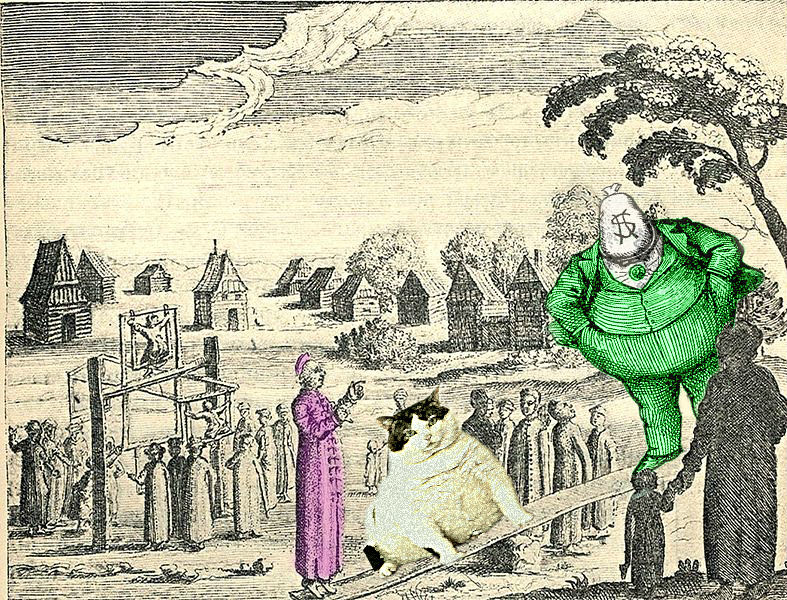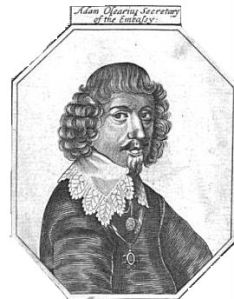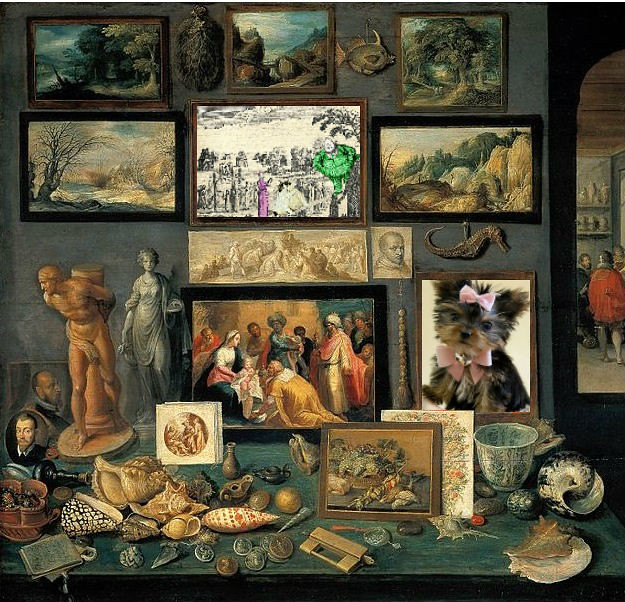Visual Assignment #1

When I saw this assignment, I just knew I had to do it. If you couldn’t tell already, my love for orange cats is out of this world. For some reason, every orange cat in the world seems to come to my house and knows that we will take them in. To get a little bit of background information on Scooter, my YouTube video gives a short introduction of the fat boy. But as you can see, Scooter is definitely not starving, so he was perfect for this assignment. I wasn’t sure which photo or painting I was going to use for this assignment. I looked through the website FatCatArt, and got inspiration. I immediately knew which photo of my cat/painting I was going to use. Which it’s kind of funny, because where I placed Scooter in the painting, it looks as if the people walking in the painting are actually looking at him and wondering “what is this fat, orange cat doing on a Paris Street in the rain?” And if you watch my YouTube video you’ll know he literally scratches the kitchen cabinets to get food, so he’s gonna end up being on a Paris Street in the rain if he keeps at it (sarcasm of course).
As for the process I began by using my trusty Picsart app to cutout my cat in the original photo. I then used the painting Paris Street; Rainy Day, and cut out one of the umbrellas in the photo so my cat could hold one. I placed Scooter’s cut out over the photo and placed the umbrella in his hand. I messed around with the effects on Picsart so I could better blend my cat into the painting. And that’s it. Pretty simple, yet pretty extraordinary if I do say so myself.
I also wanted to include the Live Photo of Scooter, because it’s hilarious. (Also we did get him unstuck, just had to take a picture first).














